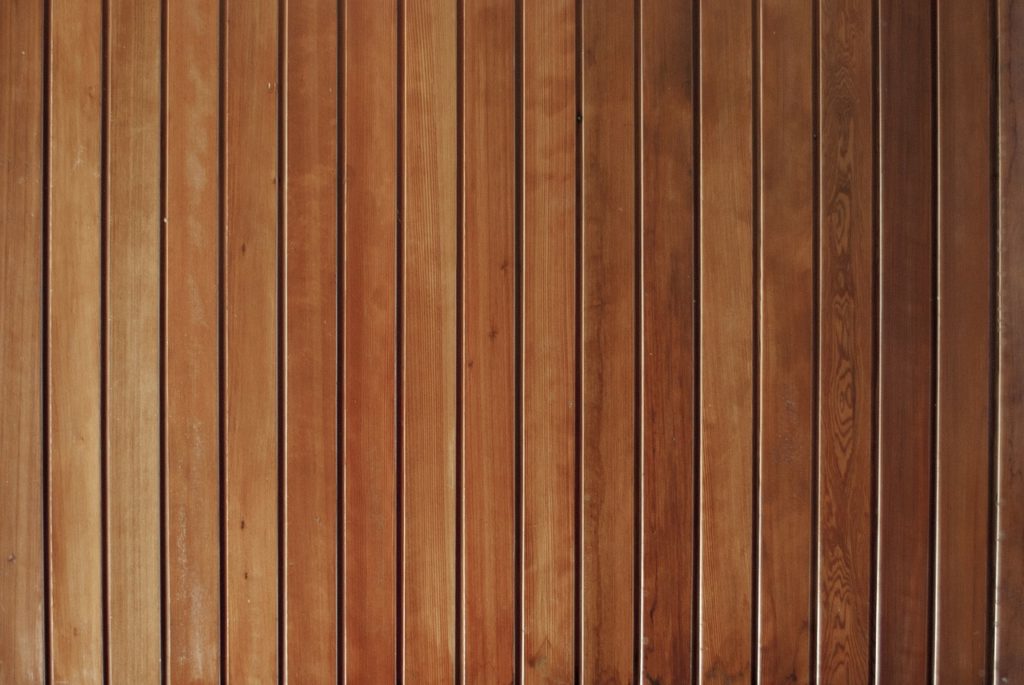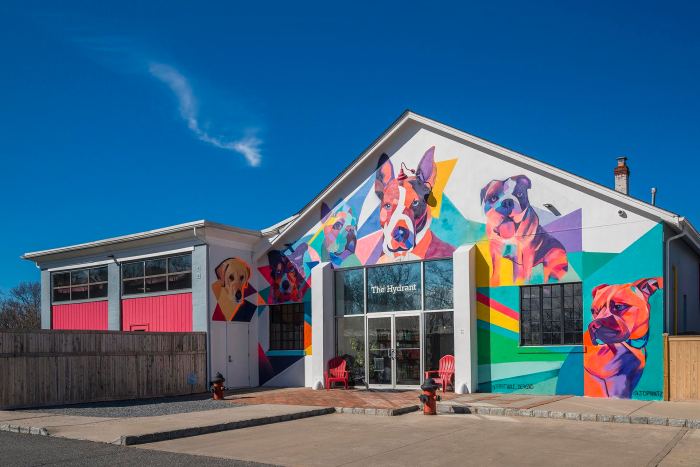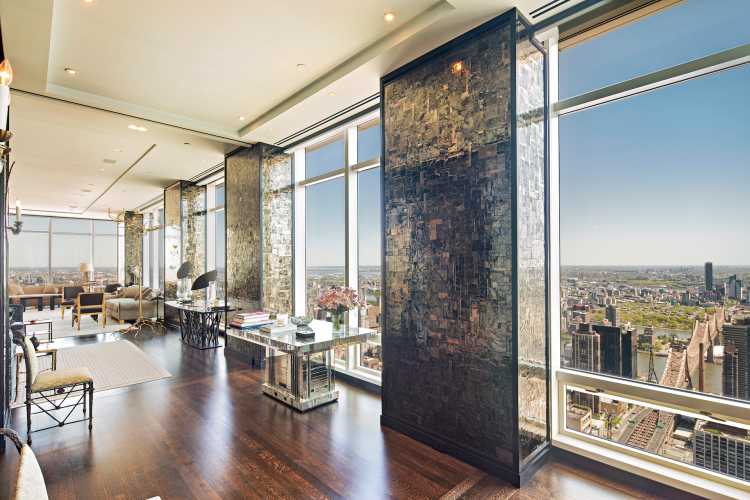 I can’t be entirely sure, but I think Long Islanders invented the finished basement. Ninety percent of the population emigrated from Brooklyn in the 1960s, but most families didn’t even know what a basement was. They called it a cellar, and it was a cold, damp, lifeless place, used to store junk and your Christmas decorations.
I can’t be entirely sure, but I think Long Islanders invented the finished basement. Ninety percent of the population emigrated from Brooklyn in the 1960s, but most families didn’t even know what a basement was. They called it a cellar, and it was a cold, damp, lifeless place, used to store junk and your Christmas decorations.
Of course, most people from Brooklyn lived in two-story attached houses where your aunt and uncle and a few cousins lived upstairs, and you lived downstairs. The cellar, which was below downstairs, was for storage. In my grandmother’s house, half of the cellar was converted into a kitchen and dining room to accommodate the entire family for Sunday dinner.
But when my family made the decision to move to the suburbs of Massapequa, we suddenly had an entire house to ourselves—big kitchen, bedrooms, living room and a separate dining room. We rarely used the dining room unless it was a special occasion, and like most Italian families, the kids were not allowed to play in the living room, ever. Sitting on the couch was almost impossible, as my mother deployed plastic covers to protect it.
With a nice yard and a pool, we had plenty of space to play in the summer. But when not outside, we needed someplace to play where we wouldn’t run into statuettes or other delicate items that were displayed like museum pieces. That’s when my father decided to finish the basement.
Our basement was unfinished and used only for storage and access to the laundry room. As kids, it was mostly off limits. But my father turned it into a beautiful living space.
He put up paneled walls, a suspended ceiling, did all the electric himself and installed a tiled floor. That basement has held up for more than 50 years. My brother and I spent countless hours down there, playing with friends and cousins. Ours was THE place to be. None of my friends had anything close; most had tiny playrooms next to the adult lounging areas that we weren’t allowed to play in.
In our basement, we would move all the furniture out of the way and play floor hockey on our knees for five hours. We’d turn it into the submarine from Voyage to the Bottom of the Sea or the bridge of the Starship Enterprise. We had a black and white, 19-inch TV to watch cartoons or movies, and we could use the furniture for horseback riding while watching Bonanza. We had no restrictions, no limitations and no adult supervision.
There are many places on Long Island where they can’t have basements. As a matter of fact, all the homes in Levittown were built without them. Some places probably shouldn’t have them because they get a lot of water, requiring automatic sump pumps. My mother-in-law, who lives in Copiague, has an unfinished dungeon that scares the bejeebers out of me.
In the early years, a finished basement was considered a luxury only few could afford. Then they evolved into playrooms and additional living spaces out of necessity as families grew larger. Today, there are companies that specialize in turning that previously unlivable space into a palace. More and more people are creating movie theatres or mini sports bars and entertainment complexes that can cost upwards of $100,000 or more.
Sometime after we purchased our own house in Massapequa in 1988, I began a basement renovation that would take more than a year to finish. Although nobody would ever mistake me for Bob Villa, with help from my brother and a plumber, I was able to make a pretty darn good Lower Level with old school wood paneling, drop ceiling, simple tile floor and a second bathroom. My kids, their friends and cousins spent countless hours down there, just like I hoped they would.
Who knows? Maybe when they have a basement of their own, they will create a place where their kids can call their own and follow in our family tradition.
Paul DiSclafani, a Massapequa resident, is a 2018 Press Club of Long Island award winning columnist and an Anton Media Group contributor since 2016.

































